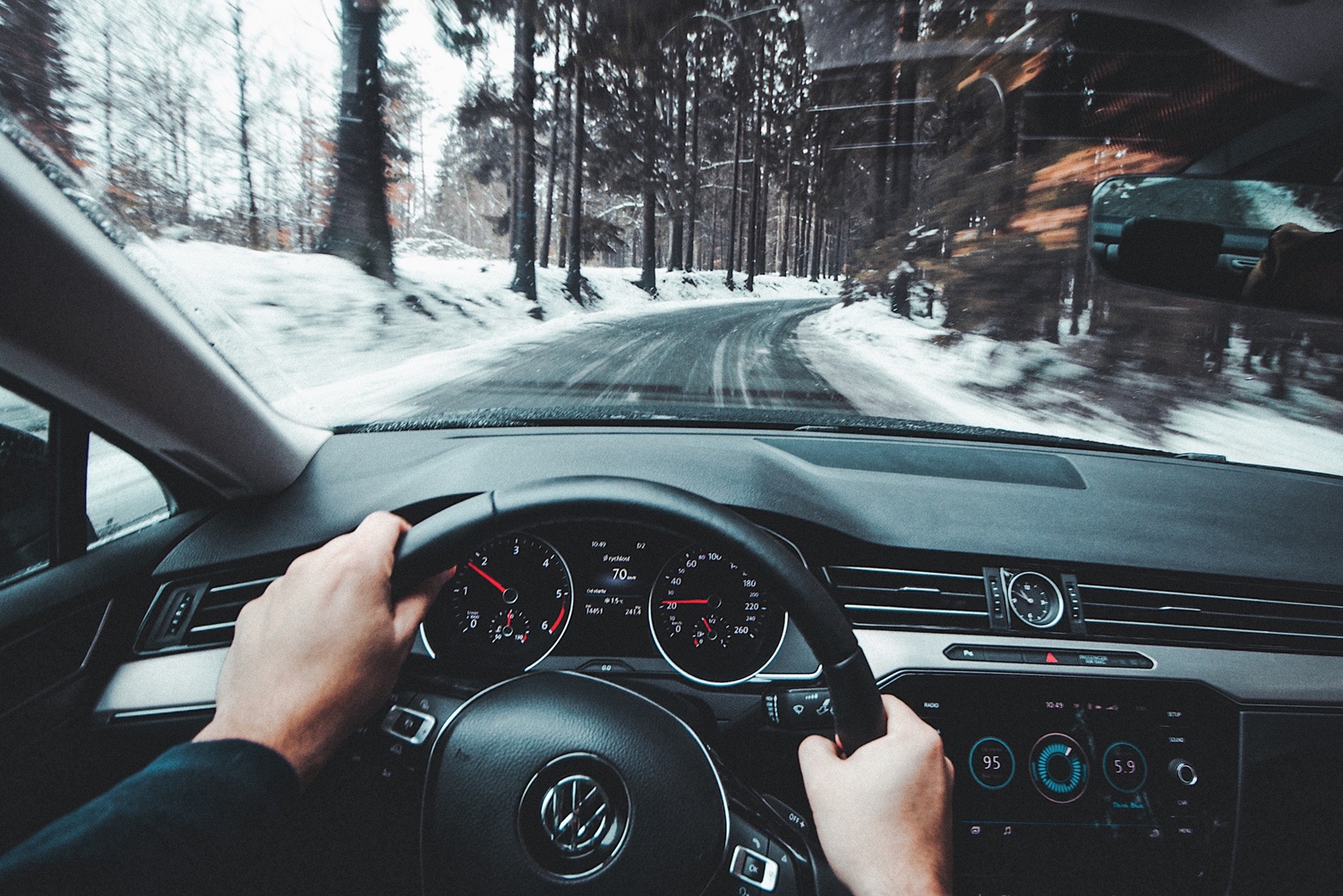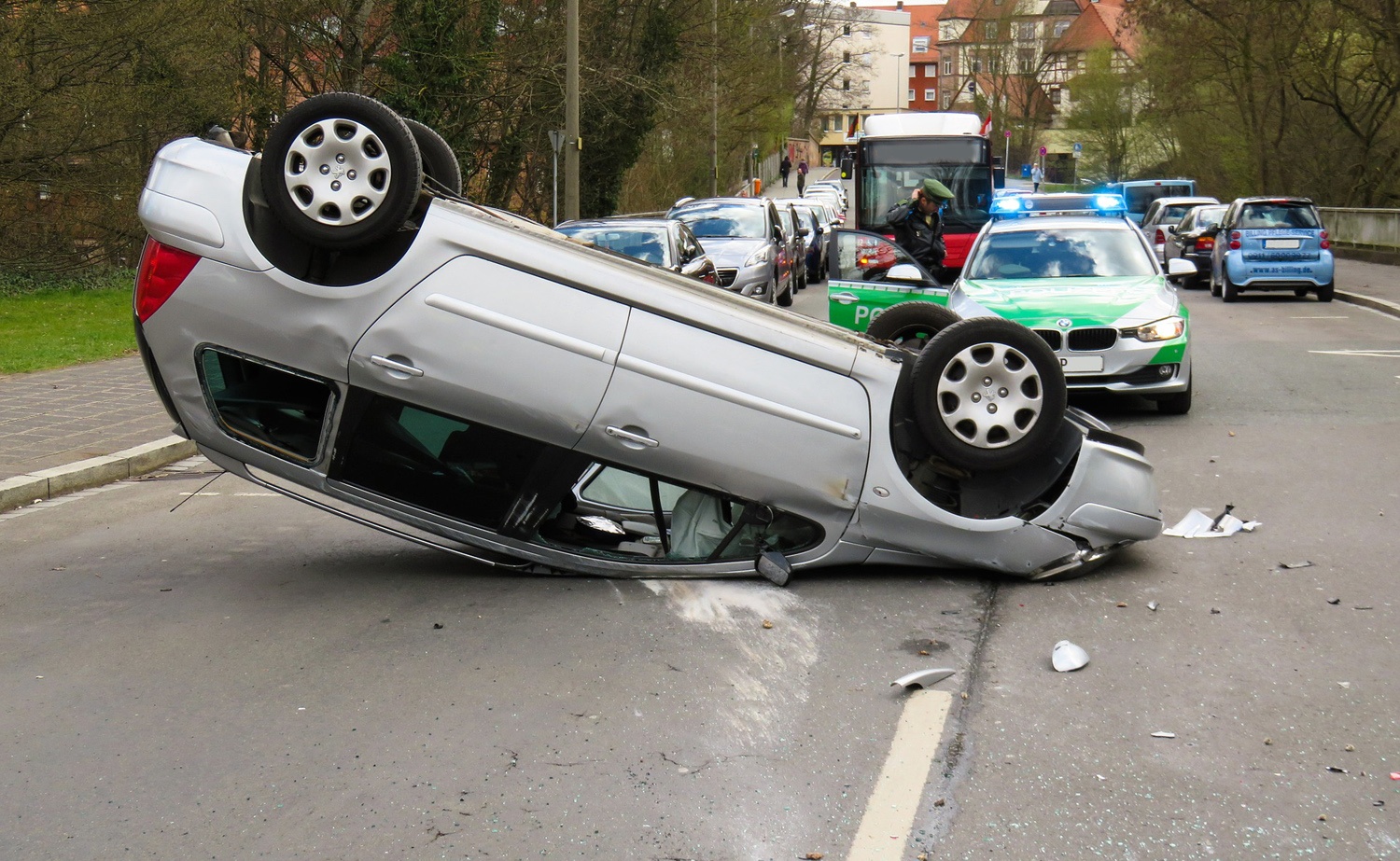2. Personal Injury Protection Coverage
Personal Injury Protection coverage – also known as the shorter “PIP” – is like health insurance for your car. Every auto insurance policy in Oregon must have PIP coverage, with limited exceptions. PIP benefits include medical expenses, lost income, funeral costs, babysitting and help around the house.
Who is entitled to PIP benefits? You, and any passengers in your car who are injured in an accident, are entitled to PIP benefits under your auto insurance policy. It doesn’t matter who was at fault for the accident. It doesn’t even matter if anyone was at fault. The law defines “passengers” as anyone involved in the “use, occupancy or maintenance” of any car involved in the accident.
Can I stack PIP benefits from multiple policies? Yes! PIP insurance for the owner of the car in which the injured people were riding in pays first. As a passenger, you can recover additional PIP benefits from your own car insurance, if the initial coverage runs out. In other words – you can stack your PIP benefits to double the amount of coverage available.
What are the minimum PIP payouts? PIP benefits are guided by this law, and payouts are as follows:
- Medical Expenses $15,000
- Lost Income $3000 per month for 1 year
- Funeral Benefits $5000
- Babysitting $750
- Help around the house $30 per day
How much PIP Coverage should you have? I recommend having $100,000 of PIP medical benefits. Increasing your PIP limits doesn’t increase your insurance premium much, and you don’t have to pay for your medical treatment if your health insurer refuses to pay.
For more information about PIP insurance, read: Personal Injury Protection: How Does PIP Insurance Work in Oregon.
3. Uninsured Motorist Coverage (“UIM”)
What is UIM? UIM coverage is there for you if you are injured (or killed) in an accident with an uninsured (or underinsured) driver. (Learn all about What You Need to Know About UIM in Oregon.)
Minimum UIM coverages: Oregon law requires car insurance policies to have the same amount of UIM as they do for liability coverage. That is, unless the insured chooses lower limits and submits them to the insurance company in writing.
Minimum recommended UIM personal injury coverage: $25,000 per person, and $50,000 per MVA.
How much UIM coverage should you have? It’s a good idea to have the same amount of UIM coverage as you do liability coverage. As noted above, most experts recommend liability insurance coverage of at least $100,000 per person, and $300,000 per accident.
How much UIM property damage coverage should you have? Insurance companies are required to make uninsured property damage coverage available if you want it. But you are not required to buy it. If you do buy it, you must purchase at least $20,000 of coverage per accident.
4. Collision Coverage
What is it? Collision coverage pays for damages to your car in case of an accident with another car or object, regardless of who is at fault.
How much will it pay? Collision coverage will pay the lesser of the following costs: for the repair, or if the car is totaled, the fair market value of your vehicle on the date of the incident. The insurance will take the deductible off the top of the benefit too.
What about the deductible? Since the deductible is the amount the insurance company deducts from what they are required to pay under the policy, it reduces their payout. For example: the insurance company would only be required to pay $2,500 if your vehicle sustained $3,000 in damage and you had a $500 deductible. The higher deductible, the lower insurance premium.
When do you need collision coverage? If you have an expensive car, you’ll want to have collision coverage. Without it, your insurance company will not pay to repair your car when you are in an accident that is your fault, or that is not someone else’s fault.
How much coverage should you have? The question rather is: how high of a deductible should you have? Answer: whatever you’re comfortable with, but you should have a deductible of at least $500-$1,000.


